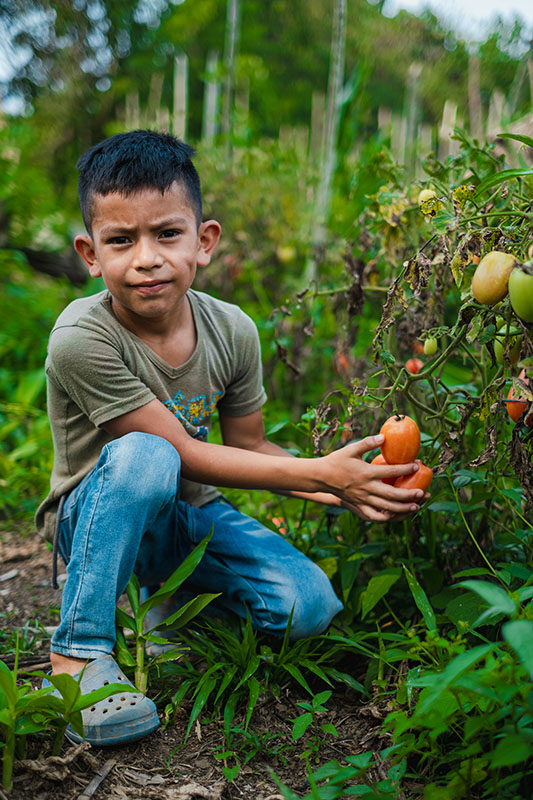SEATTLE (MARCH 1, 2024) – A report released today by international aid agency World Vision reveals that while food prices have dropped globally over the past year, they remain substantially higher on average than they were before the COVID-19 pandemic — with the most vulnerable people in the world’s poorest countries disproportionately impacted.
Prices have continued to rise in these countries, particularly those affected by violent conflict, climate extremes and forced displacement. Analysis of food prices from September 2023 shows that a food basket that would cost an average of 1.5 hours’ wages in Australia, Ireland or Singapore would cost the average person 36 days of wages in Burundi and 25 days in the Central African Republic.
Mary Njeri, World Vision’s global hunger response director, said, “This data underlines the alarming food crises that have left 35 million people experiencing emergency hunger conditions. The economic turmoil caused by COVID-19 and the war in Ukraine, alongside intensifying effects of climate change and other conflicts, are leaving the most vulnerable people least able to afford the cost of a basic food basket. Chicken, eggs and milk should not be considered luxuries, but something that everyone is able to buy to have a balanced diet.”
Ongoing conflicts in many countries are also leading to localized price spikes. For instance, in Burkina Faso and Sudan, areas experiencing conflict had prices up to two times higher than areas that have been less affected by violence. Many of these countries are also facing some of the most significant effects of climate shocks, further aggravating tensions as families struggle to feed themselves or find somewhere safe to live and farm.
“In 2024, families desperately need peace above all else, and the international community must step up to ensure that no child is going hungry,” said Njeri. “Just one-tenth of the estimated US$39−50 billion needed annually to avoid 3.7 million deaths of children under age 5 and prevent stunting for 65 million children has been put toward interventions to achieve these goals since 2015. As a comparison, Americans spent $9.8 billion on holiday shopping in just one day in 2023 – equivalent to one-quarter of the minimum funding needed. Children exposed to conflict and hunger are more likely to be forced into child marriage or child labor as they desperately seek a safe place to sleep and enough food to eat each day … this is no future for our children.”
About the report
This research uses data from a total of 67 countries where World Vision works, as well as historical data from the same price survey in 2021 and 2022 to make comparisons for 24 countries. The price survey looks at local food prices for 10 common food items (including 1 kilogram each of bananas, uncooked white rice, wheat flour, sugar, ears of corn, and tomatoes; one raw chicken; 1 dozen eggs; and 1 liter each of cooking oil and fresh, locally sourced milk.
In order to compare amounts across countries, food prices were converted to US$ using current exchange rates on the date of data collection (see report for further details).
The 10 countries where a food basket costs the most in terms of hours worked are Burundi (36 days), CAR (25.5 days), DRC (nearly 16 days), Sudan (14 days), Mozambique (nearly 14 days), Malawi (nearly 14 days), Ethiopia (12 days), Burkina Faso (nearly 11 days), Niger (9 days) and Guatemala (9 days).
The five countries with historical data where food basket cost is highest in US$ are Sudan ($159.20), Ethiopia ($92.43), Burundi ($82.93), Sri Lanka ($75.41) and the Philippines ($57.69).
